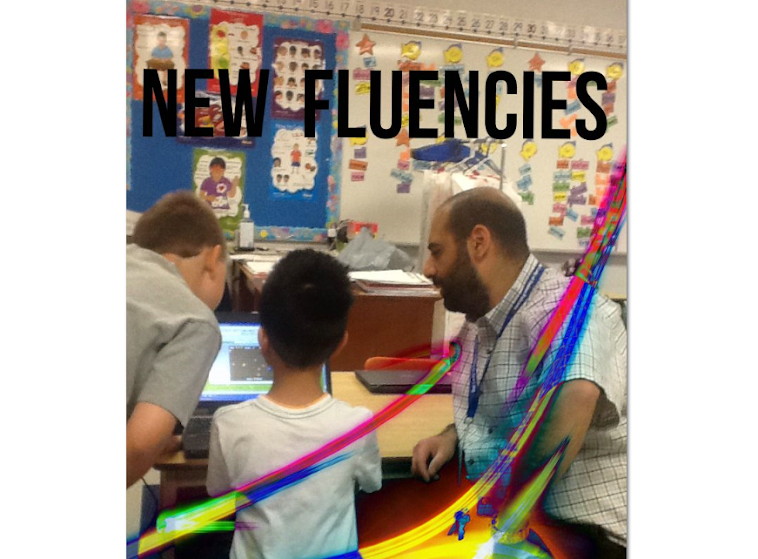Over the past few years my school board has invested in technological advancements/ideas in order to improve student engagement, achievement, and encourage the acquirement of 21st Century skills. Every classroom in our system is equipped with a Brightlink projector/interactive whiteboard. This combination allows for access and use of digital resources (e.g. You Tube, interactive websites) for teacher and student benefit. Also, teachers have been provided with training and access to software that allows for the creation of interactive lessons to be used via the projectors in the classrooms. On top of the investment in the classroom, all of our schools have wireless Internet hot spots that allow staff, students, and visitors to bring their own device for appropriate use in our buildings.
With such great developments in our system, Ferdinand Krauss and I created a proposal for the Ministry of Education's Teacher Learning and Leadership Program (TLLP) which is an annual project-based professional learning opportunity for experienced classroom teachers. The TLLP "...funds proposals from classroom teachers who seek a peer leadership role in curriculum, instructional practice or supporting other teachers. The three goals of the program are to create and support opportunities for teacher professional learning, foster teacher leadership and facilitate the sharing of exemplary practices with others for the broader benefit of Ontario's students" (http://www.edu.gov.on.ca/eng/teacher/tllp.html). Ferdinand and I are pleased with the Ministry's decision to fund our project for the 2013-2014 school year.
 |
| Image courtesy of Michael Redfearn |
Our project title is "Success for all Students: 21st Century Teaching/Learning using Tablets & A Blended Learning Model". Our plan involves the use of the collaborative inquiry framework to design blended learning projects that target a specific area of achievement and engagement for primary and junior students. A review of current instructional practice will help us to identify an innovative approach to achieving the stated learning goals. The Blended Learning activities will incorporate resources from the Ontario Educational Resource Bank, and tools from the provincial Learning Management System in order to differentiate instruction and provide enrichment and remediation for student learning. The use of tablets will allow students to actively participate in Blended Learning on a regular basis and help them to become more proficient at using Web 2.0 tools for collaboration and communication. Professional development will occur with the use of the Blended Learning model and the tablets so that educators interested in adopting this approach can use their own experiences to inform their practice.
Participating in the design, implementation and evaluation of a Blended Learning project will allow us to determine the specific instructional practices and strategies that are required to improve learning for primary and junior students. For example, what activities and formats do the students find most engaging and which ones are most successful at enhancing their learning? We will also be able to determine how to use the tools and resources to become more effective at differentiating instruction for a variety of learning styles and aptitudes in order to meet the needs of our students. Gaining experience using the tools in the LMS will help us to better design learning pathways for remediation and enrichment in a Blended Learning model. The knowledge we gain will be shared with other educators that would like to adopt this model as a result of our Board’s recent decision to support Bring your Own Device.
We
believe that our project will contribute to increasing student learning and
development by differentiating instruction in order to meet each student's
needs. Helping all students succeed in their learning is an enormous challenge
that requires an innovative approach such as the one we have proposed. The use
of technology as a learning tool is an engaging one that allows for
differentiation of content of instruction, processes & techniques to help
make sense of content, and what students produce to demonstrate their learning.
Differentiation is further supported with the use of Blooms
Digital Taxonomy which is appropriate when using web 2.0 tools in
combination with mobile devices. Moreover, the use of the blended learning
model & tablets would also help facilitate student learning/development of
critical thinking skills known as 21st century fluencies,
making learning relevant to life in our digital age.
 |
| Image courtesy of Michael Redfearn |
We are both very excited to have this learning and leadership opportunity. We look forward to engaging our students in such an innovative way while meeting their needs. Your feedback is welcome, please consider leaving a comment here or via email at rtwcdsb@gmail.com

No comments:
Post a Comment